Dr Bell is an Australian-trained Interventional Neuroradiologist (INR). He specialises in the diagnosis and endovascular treatment of arterial and venous diseases in the brain, head, neck and spine.
He holds consultant positions at the Royal Hobart Hospital and Calvary Hospital in Lenah Valley.

Interventional Neuroradiology (INR) is the term used in Australia and New Zealand to describe medical sub-specialists who use image-based minimally invasive techniques to diagnose and treat diseases related to arteries and veins of the brain, spine, head and neck.
As recognition of fellowship training in interventional neuroradiology, Dr Bell’s name is included on the register of INR practitioners who have satisfied the requirements of The Conjoint Committee for Recognition of Training in Interventional Neuroradiology (CCINR) for inclusion on the register of physicians appropriately trained to practice INR procedures in Australia and New Zealand.

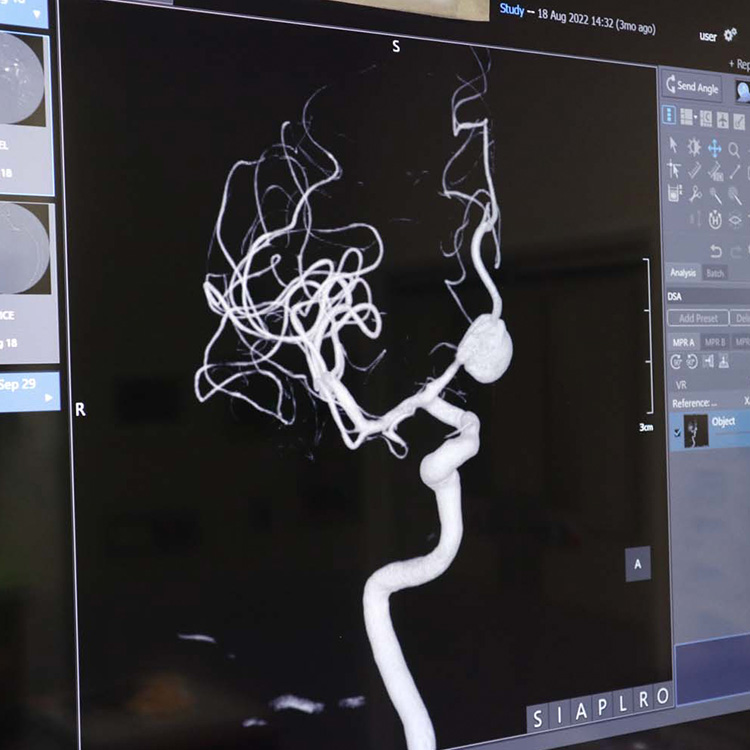

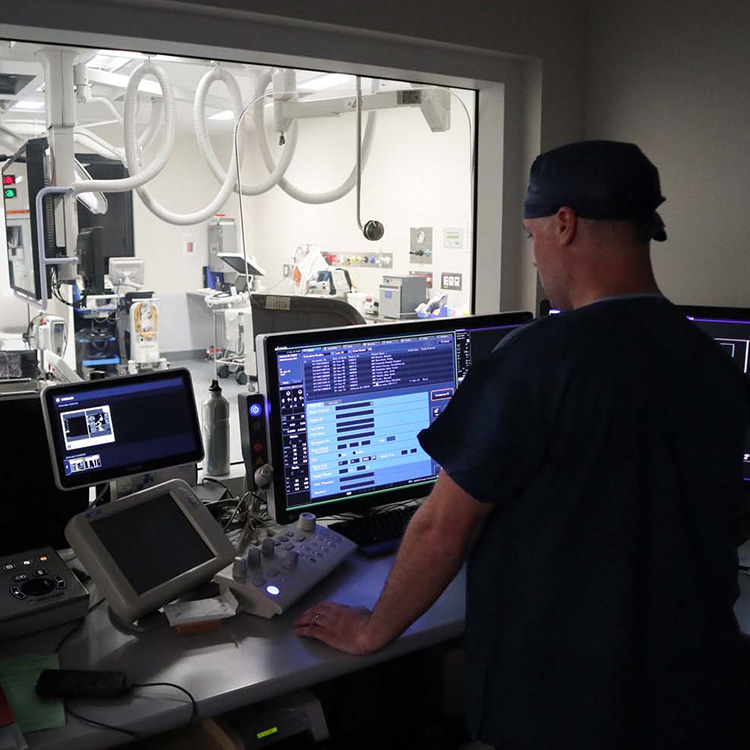
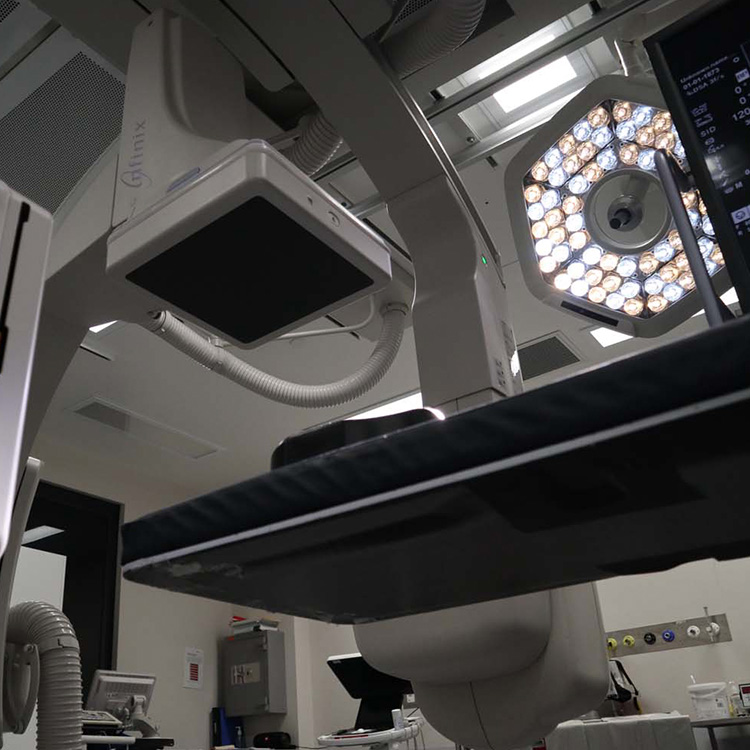
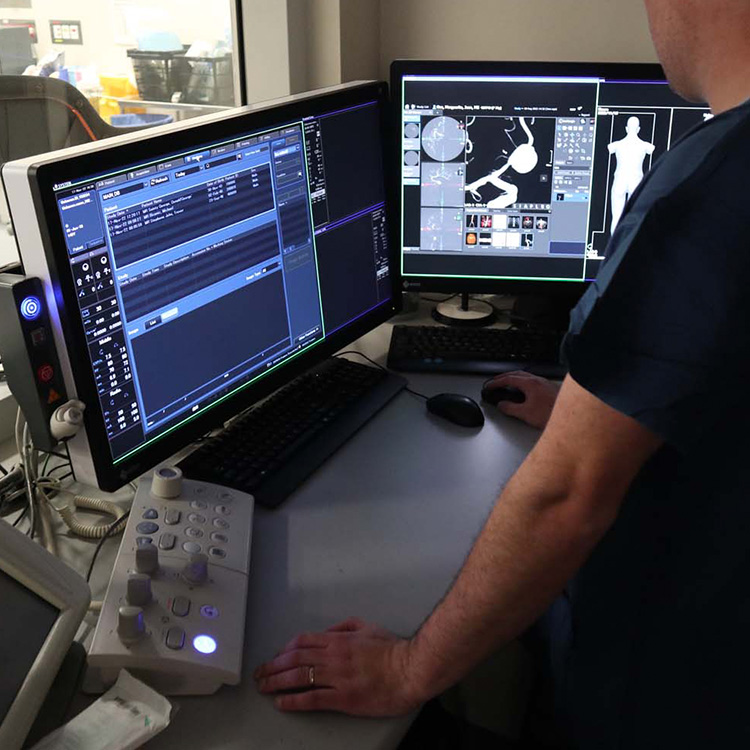

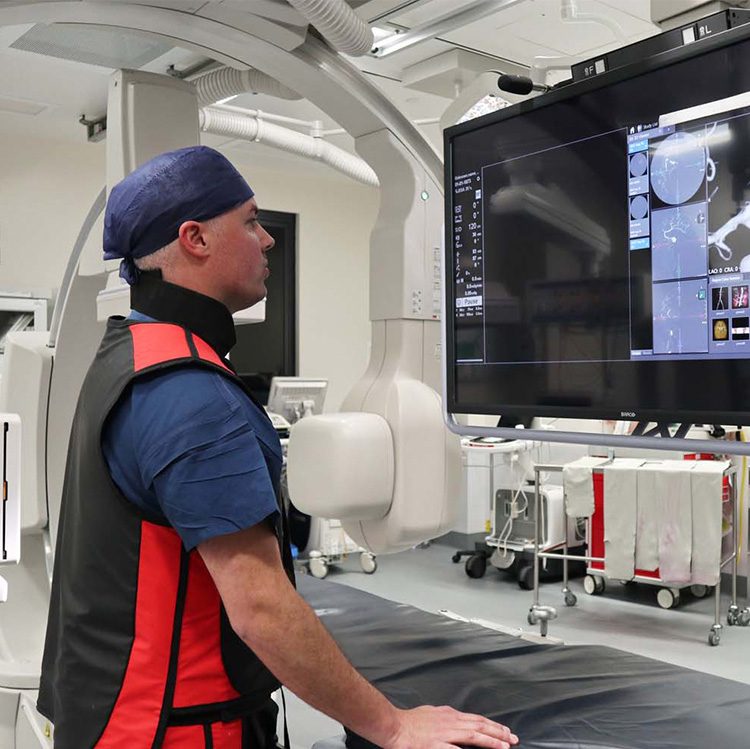
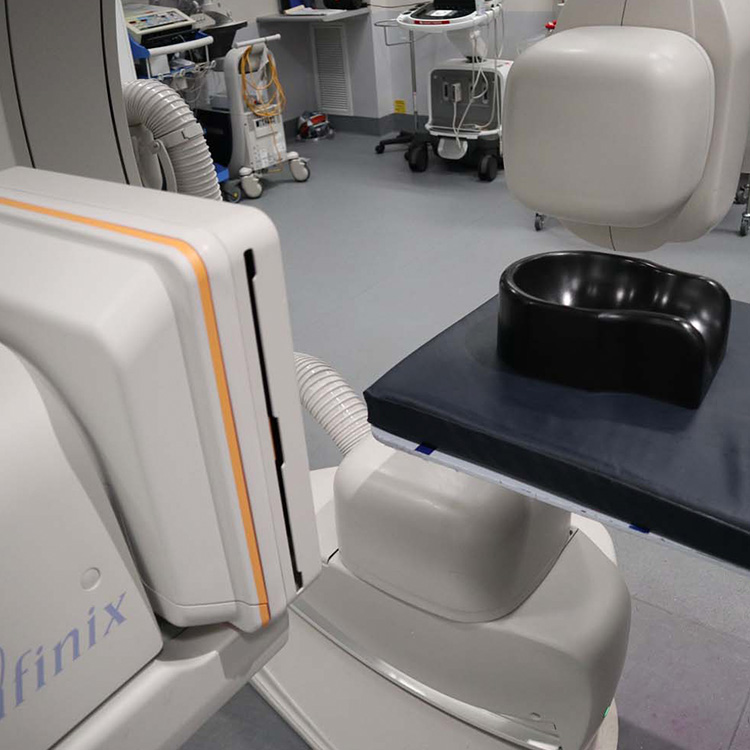
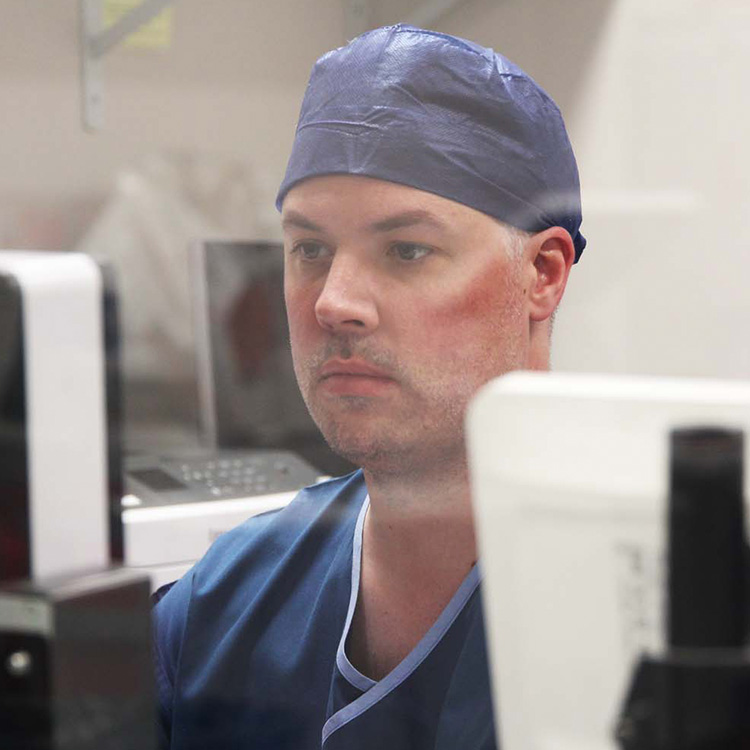
Dr Hayden Bell is an Australian trained Interventional Neuroradiologist (INR) also called a Neurointerventionalist or Neuroendovascular specialist
Following completion of specialty radiology training in South Australia and the Northern Territory, Dr Hayden Bell joined the neurosurgical departments at Westmead and Royal North Shore Hospital in Sydney and underwent a further two-year neuro-endovascular fellowship. Here he gained experience in all aspects of neurovascular intervention.
He currently holds a consultant position at the Royal Hobart Hospital and Calvary Hospital in Lenah Valley.
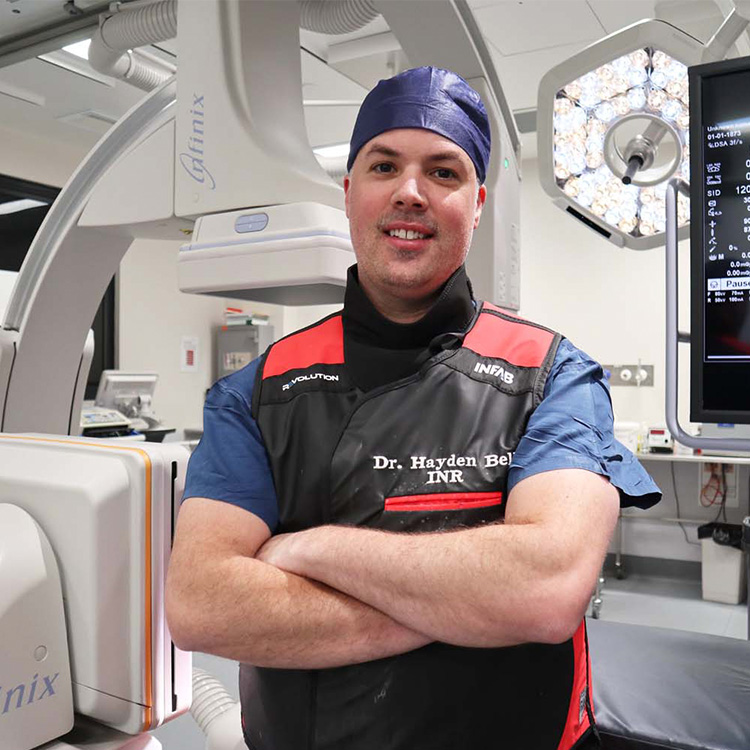
Centre for Neurosurgery
Marian House
49 Augusta Road
Lenah Valley
Tasmania 7008